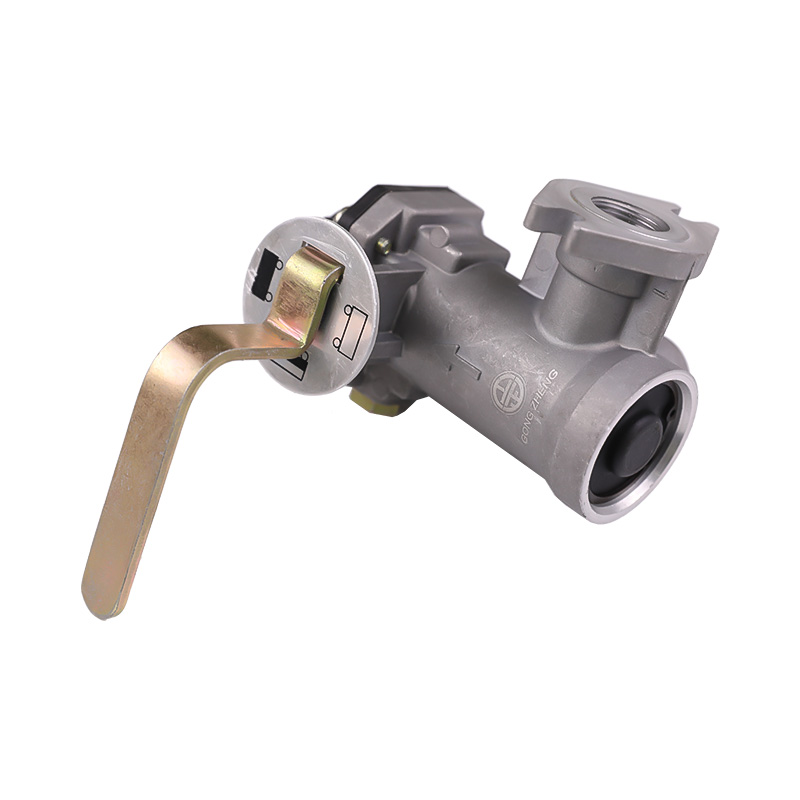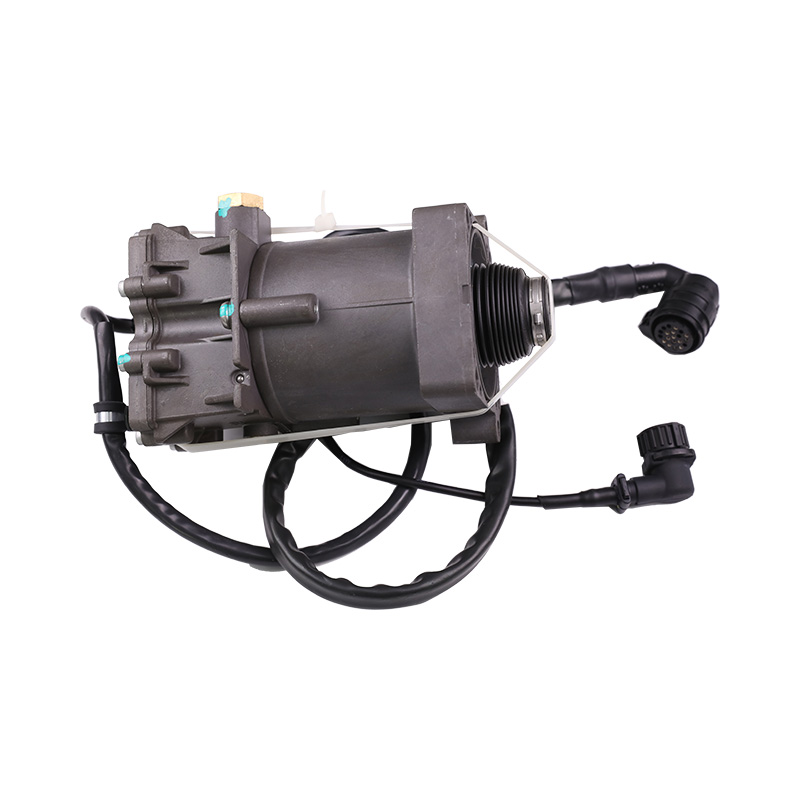The handbrake valve (parking brake valve) is an important part of the braking system of modern vehicles. Its core function is to ensure that the vehicle remains stationary when parked and avoid sliding due to unexpected situations.
Basic functions of handbrake valve
The main responsibility of the handbrake valve is to provide parking brakes and lock the wheels by applying braking force when the vehicle is parked. This function is independent of the main brake system, ensuring that the handbrake valve can still work effectively even if the main brake system fails. The handbrake valve is designed to provide sufficient braking force for the vehicle under various slopes and environmental conditions to ensure safety and stability.
Types of handbrake valves
The design of handbrake valves is mainly divided into two types: mechanical handbrake valves and hydraulic handbrake valves.
Mechanical handbrake valves
The mechanical handbrake valve achieves braking through a combination of a pull rod and a pull rope. Its working principle is as follows:
Pull the handle: When the driver pulls the handbrake handle, the pull rod begins to move, and the pull rope is tightened, applying force to the brake.
Applying braking force: The tension of the pull rope causes the brake pads of the brake to contact the wheels, generating braking force, thereby locking the wheels and ensuring that the vehicle is stationary.
Release the brake: When the driver releases the handle, the pull rope relaxes, the brake pads separate from the wheels, and the vehicle resumes free movement.
The advantages of mechanical handbrake valves are simple structure and easy maintenance. However, long-term use may cause the pull rope to wear or loosen, thus affecting the braking effect.
Hydraulic handbrake valve
The hydraulic handbrake valve relies on the hydraulic system for braking, and its working principle is as follows:
Hydraulic system: The hydraulic handbrake valve is usually connected to the main brake system and uses brake fluid to transmit pressure. When the driver pulls the handbrake handle, the hydraulic pump starts and generates hydraulic pressure.
Apply braking force: The hydraulic pressure is transmitted to the brake through the pipeline, pushing the brake piston, so that the brake pads contact the wheels, thereby applying braking force.
Release the brake: When the driver releases the handle, the hydraulic pressure decreases, the brake piston returns, the brake pads separate from the wheels, and the vehicle resumes free movement.
The advantage of the hydraulic handbrake valve is that its braking effect is smooth and reliable, but its structure is relatively complex, and maintenance and repair require professional skills.
How a handbrake valve works
Whether it is a mechanical or hydraulic handbrake valve, its working mechanism involves several key components:
Handbrake handle: As the core component operated by the driver, the brake is applied or released by pulling or releasing the handle.
Connection device: It includes a pull rod, pull rope (mechanical) or hydraulic pipe (hydraulic), which is used to transmit the action of the handle to the brake.
Brake: Whether it is a drum brake or a disc brake, its main function is to lock the wheel through friction to ensure that the vehicle is stationary.
Brake fluid (hydraulic): In a hydraulic handbrake valve, brake fluid is used as a medium to transmit hydraulic pressure to ensure that the brake can respond quickly to the driver's operation.






